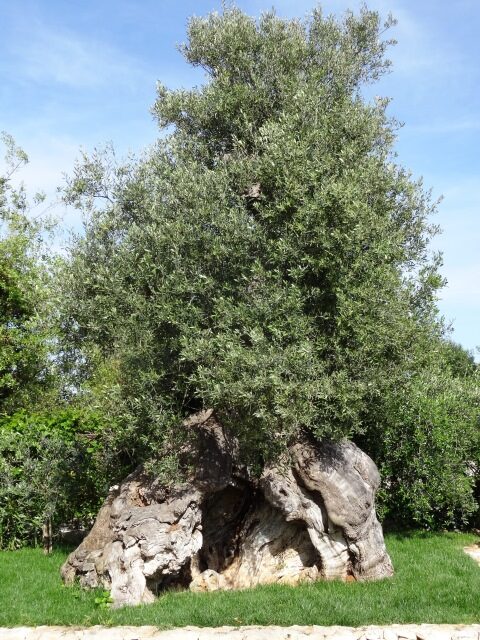I’m sure you’ve been wondering how tea gets from those lush green mountainsides into your teabag in your steaming and delicious cup of tea. Well, wonder no more. You have questions, I have answers. I even have answers to questions you didn’t know you had.
First, the tea is picked. At a distance, you might hardly even notice the pickers in the, er, fields? of tea.




The pickers are literally trimming the “tiny little tea leaves” from the growing edges of the plants, and they make their circuit of the plantation every ten days or so. Which completely explains why the landscape has that magical and completely groomed look.
The implement used for this task is a large set of shears with a collection box attached.
 After the tea leaves are clipped and collected, they are brought to the factory.
After the tea leaves are clipped and collected, they are brought to the factory.

I don’t really understand the tea factory. Yes, I was there. Yes, I took pictures. Yes, I listened to the explanations. But I was so fascinated by the antequated beauty of the machinery and the timelessness of the process that I couldn’t take in the words. So here’s what I know, and if words fail me from time to time, I hope you will enjoy the pictures of what I saw.
Freshly picked tea leaves are brought first to a room where they are spread out in large troughs to wither, which is one of perhaps many stages of different kinds of drying.

After the leaves are withered enough, they are rolled, which causes them to lose their green color and become a kind of coppery red. I think this solid old “Britannia” machine is for rolling.


Then the tea leaves are subjected to a process of “fermentation,” the term used for oxidation. The tea must be kept cool for this process. It is therefore spread out on a “bacteria free” cement floor. Fermentation takes maybe two to three hours. At the end of this time the tea begins to smell like tea. (Which is delicious!)

The tea is then further dried, removing its remaining moisture to stop the fermentation process. The speed of the drying machine is the critical component that determines the production rate of the factory.



After drying, the tea is sifted through a machine with different size meshes that extract any remaining fibers and grade the tea according to size (the smallest leaves are the best).



All of the output of this factory is earmarked for Saudi Arabia. Except, that is, for the small amount they sell to tourists right at the factory either in bulk or in a refreshing cup of tea.
















































































